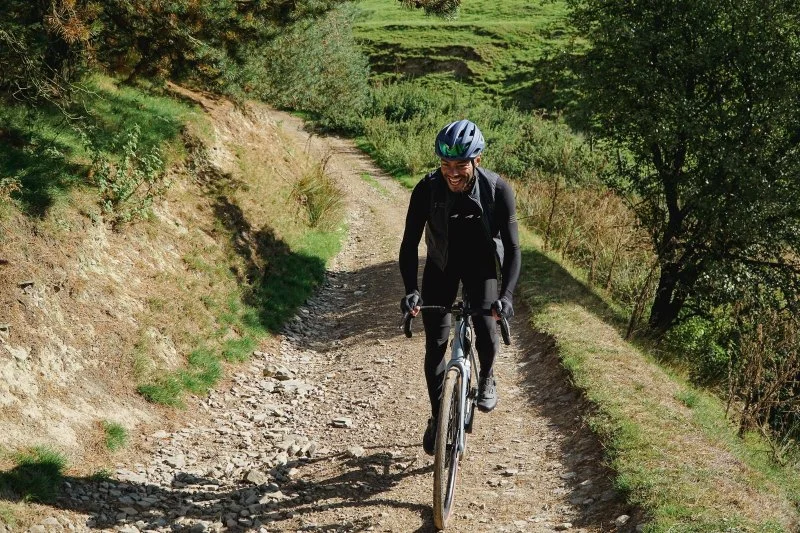
How to Improve Climbing Technique Without Standing
- 1- Introduction to Climbing Technique Improvement
- 2- Focusing on Dynamic Movement
- 3- Enhancing Core Strength
- 4- The Importance of Footwork
- 5- Mental Focus and Visualization
1- Introduction to Climbing Technique Improvement
Climbing is a physical and mental challenge that requires a combination of strength, flexibility, and technique. Whether you’re a beginner or an experienced climber, improving your climbing technique can make your ascents more efficient and enjoyable. One key aspect that many climbers overlook is how to enhance their skills while not always relying on standing positions.
In this article, we’ll explore ways to improve your climbing technique without having to stand on your feet. By focusing on elements like dynamic movement, core strength, and mental focus, you can take your climbing to the next level, even when you're not always standing.
2- Focusing on Dynamic Movement
Dynamic movement in climbing refers to making fast, powerful, and controlled movements to reach holds that may be out of reach otherwise. It’s a technique that requires both strength and precision, and it can help you move fluidly even when standing still isn’t an option.
What is Dynamic Movement?
Dynamic movement is the art of using momentum to propel yourself to a new hold, often without the need to pause and balance. This could involve explosive movements like jumping or swinging, or more subtle dynamic shifts such as rock-overs or controlled heel-hooks.
When to Use Dynamic Movement
Dynamic movement is useful in situations where the holds are far apart, or when you're unable to hold yourself in place on a specific hold. This technique helps climbers navigate through difficult sections more efficiently and avoid getting stuck in a static position.
3- Enhancing Core Strength
Core strength is crucial for maintaining body tension and stability during climbing. A strong core helps you control your movements, especially when you need to shift your weight or perform dynamic moves.
Exercises to Improve Core Strength
There are several core-strengthening exercises that can improve your climbing performance, such as:
- Planks: Planks help to build stability in the abdominal and back muscles, which are essential for controlling your body while climbing.
- Leg Raises: Leg raises help strengthen the lower part of your core, which is essential for maintaining balance when reaching up high or performing moves like rock-overs.
- Russian Twists: These help build rotational strength, which is essential for twisting and turning your body while climbing.
By focusing on these exercises, you can develop better control over your movements and make climbing more efficient, even in challenging situations where standing or static positioning isn’t possible.
4- The Importance of Footwork
Proper footwork is often what separates a beginner climber from an advanced one. The ability to place your feet accurately and effectively can save energy and make movements smoother.
Using Your Feet Effectively
Good footwork involves more than just placing your foot on the nearest hold; it’s about precision and efficiency. Rather than over-gripping with your hands, use your feet to push yourself up the wall. Focus on:
- Placing your feet carefully: Make sure your foot is flat and placed with intention, using the most secure part of the hold.
- Using the whole foot: Don't just rely on your toes. Use the inside, outside, or heel of your foot for better balance.
- Maintaining body tension: By keeping your legs active, you’ll avoid unnecessary use of your arms and save energy.
When you focus on your feet and keep them low, you can climb more effectively, even when you’re not standing still.
5- Mental Focus and Visualization
Climbing is as much about mental strength as it is about physical ability. To improve your technique, developing mental clarity and focus is just as important as improving your physical movements.
Visualization Techniques
Before you begin climbing, visualize your movements. Mentally rehearse each step and how you’ll move from one hold to the next. This can help you anticipate movements and stay relaxed during the climb. Visualization is especially helpful when you need to think ahead about how to handle a difficult section without standing.
Maintaining Focus
Maintaining focus during a climb helps you stay in control and avoid overexerting yourself. Take deep breaths and keep your mind focused on the task at hand rather than distractions around you. The more mentally prepared you are, the better you’ll be at overcoming challenges without relying on traditional standing positions.


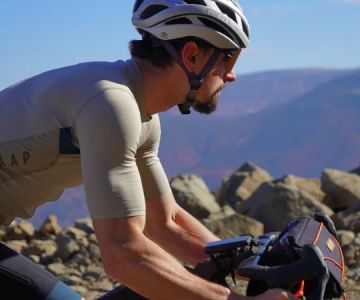
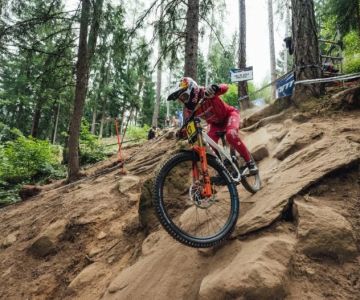

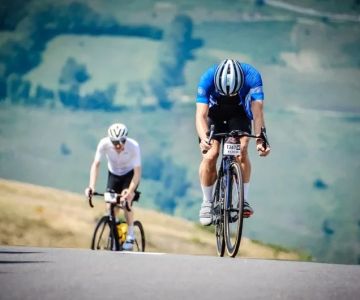
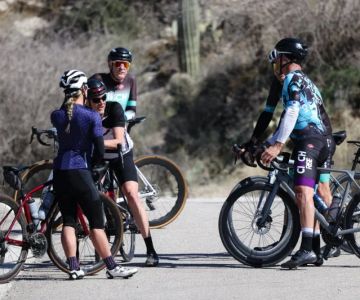
 Billet BMX5.0 (2 reviews)
Billet BMX5.0 (2 reviews)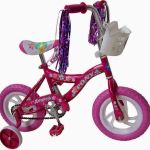 Far East Children Bicycle Factory1.0 (1 reviews)
Far East Children Bicycle Factory1.0 (1 reviews) Archer Motorsports, Inc.4.0 (8 reviews)
Archer Motorsports, Inc.4.0 (8 reviews) YEP Bike Works4.0 (55 reviews)
YEP Bike Works4.0 (55 reviews) Gorham Bike & Ski4.0 (498 reviews)
Gorham Bike & Ski4.0 (498 reviews)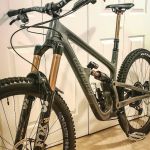 Alchemy Bikes4.0 (37 reviews)
Alchemy Bikes4.0 (37 reviews) How to Teach Kids to Ride a Bike: A Step-by-Step Guide for Parents
How to Teach Kids to Ride a Bike: A Step-by-Step Guide for Parents Tips for Riding on Busy City Streets: Smart Strategies for Urban Cyclists
Tips for Riding on Busy City Streets: Smart Strategies for Urban Cyclists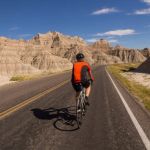 Best US National Parks for Mountain Biking: Ride Epic Trails Across America
Best US National Parks for Mountain Biking: Ride Epic Trails Across America Best Aero Helmets for Time Trials and Racing
Best Aero Helmets for Time Trials and Racing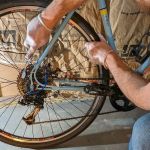 How to Clean and Lubricate Your Bike Chain Like a Pro
How to Clean and Lubricate Your Bike Chain Like a Pro 10 Must-Have Items for Long-Distance Cycling Trips
10 Must-Have Items for Long-Distance Cycling Trips